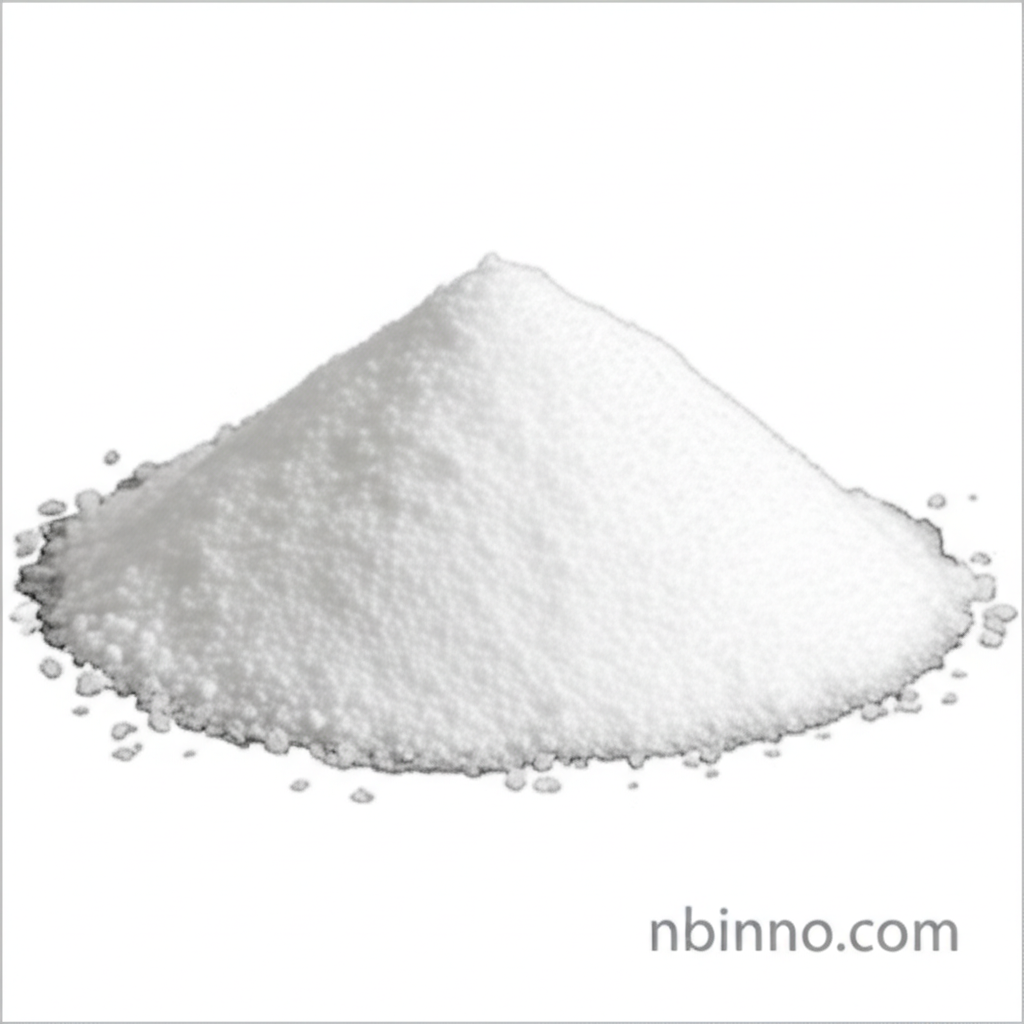Tetrabutylammonium Hydrogen Sulfate: A Versatile Phase Transfer Catalyst for Organic Synthesis
Unlock efficient chemical reactions with our high-purity Tetrabutylammonium Hydrogen Sulfate, a key catalyst for various applications.
Get a Quote & SampleProduct Core Value

Tetrabutylammonium Hydrogen Sulfate
Our Tetrabutylammonium Hydrogen Sulfate, with CAS number 32503-27-8, is a highly pure white crystalline solid that serves as an exceptional organic synthesis reagent and phase transfer catalyst. It is instrumental in enhancing reaction efficiency across a spectrum of chemical processes.
- Discover the power of phase transfer catalyst applications in driving your synthesis of pharmaceuticals forward.
- Utilize this versatile chemical auxiliary agent to improve yields and reaction rates in complex organic transformations.
- Leverage the properties of TBAHS for its functions as a surfactant, emulsifier, and antistatic agent in various formulations.
- Experience the reliability of a product with purity typically ≥99%, ensuring consistent results in your research and production.
Key Advantages
Enhanced Reaction Efficiency
As a potent phase transfer catalyst, it significantly boosts the speed and effectiveness of reactions involving immiscible phases, making it a go-to for organic synthesis reagents.
Versatile Functionality
Beyond catalysis, its utility as a surfactant, emulsifier, disinfectant, fungicide, and antistatic agent makes it valuable across multiple industries.
High Purity and Stability
With a purity of ≥99%, this chemical auxiliary agent provides reliable performance and is stable when stored correctly, away from oxidants and acids.
Key Applications
Organic Synthesis
Facilitates reactions between immiscible organic and inorganic compounds, a key aspect for many organic synthesis reagents.
Phase Transfer Catalysis
Enables reactions that would otherwise be slow or impossible due to phase separation, crucial for various chemical transformations.
Surfactant Properties
Used to reduce surface tension in liquids, aiding in processes like emulsification and dispersion, linking to its role in chemical auxiliary agents.
Antistatic Agent
Helps to dissipate static electricity, finding use in textiles and other materials.
